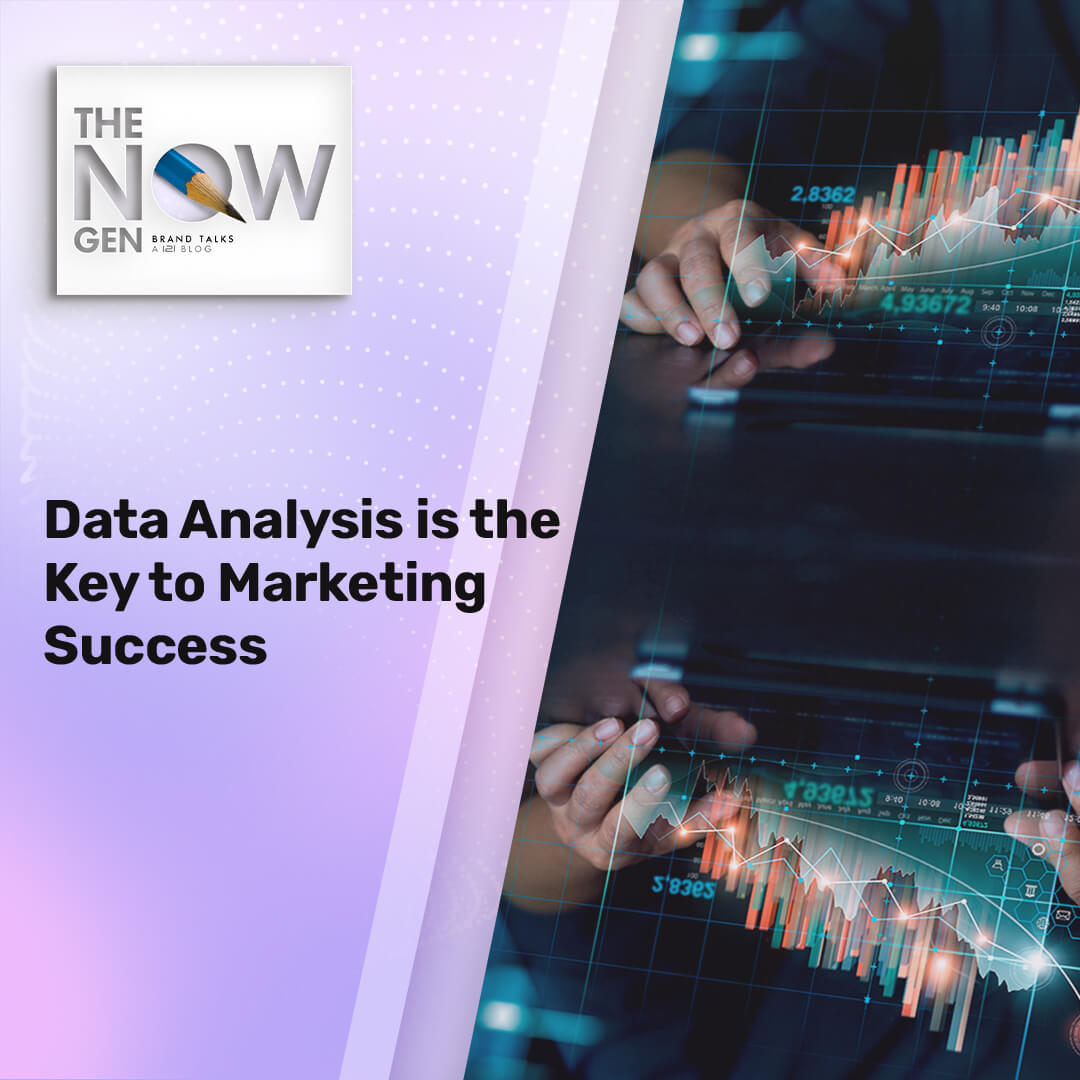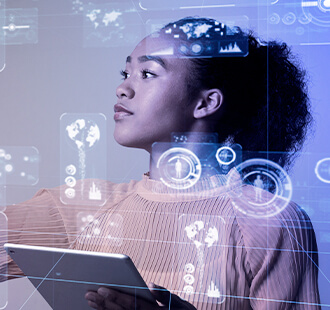
Data analysis and marketing go hand in hand. The use of data leads to better-informed decisions and helps shape your marketing strategy. Data analysis can help you understand how to get more value from your marketing data by analyzing statistics such as averages, percentiles, or ratios. Understanding statistics can also help you get more value from your client’s feedback to develop a successful campaign without wasting time or money on ineffective strategies.
Marketing is a dynamic field. You can’t just use the same strategies that worked for you last year and expect them to work this year. Instead, you should be using new tactics every day.
One of the challenges marketers face today is creating content that resonates with their target audience. This becomes even more difficult when so many channels are available for reaching consumers—and it’s hard to know where your audience will be!
Plus, consumer feedback changes quickly. According to “The History of Analytics” by Unsupervised, agile marketing requires real-time insights that match the customers’ changing expectations. Therefore, an immediate analysis is needed to keep up with how fast consumers and data change.
Marketing is all about data. Data is the foundation of marketing, and it’s how you make decisions, identify your target audience, understand your audience and develop a marketing strategy.
You need data to understand what people are looking for and how you can reach them with your product or service. You need to know who they are and what they want because then you can sell them something that will make their lives easier or better.
The use of data leads to better decision making
Data analysis is the process of taking a large amount of information and drawing conclusions from it. This can be anything from market research to news reports, but in this case, we’ll focus on how it relates to marketing. Without data analysis, brands will be with untested guesses and assumptions about your target audience—you wouldn’t know if they preferred one product over another or which channels are working best for your campaigns. Instead, data analysis helps you understand what people want and need so that you can create better products and services for them.
The article “Importance of Data Analytics in Marketing and How it Helps with Your Reach” by smith.ai mentions that the most crucial part of a marketing strategy is the customer. A practical understanding of your consumers’ needs should be a priority for your marketing strategy. Catering to their needs can save your brand time and money.
For example, let’s say that your company has developed two different flavors of ice cream—vanilla bean and hazelnut fudge swirl—and is looking to expand into new markets internationally or domestically. You could use data from previous years’ sales figures (i.e., how many gallons were sold) and consumer feedback surveys about the flavors (i.e., which ones people liked most). With this information, we can see whether either flavor would do better in areas where other similar products have been successful before; based on those results alone, we might decide against making any changes!
Data Analysis is Crucial for a Successful Marketing Campaign
As mentioned above, data analysis collects, organizes, and interprets raw data into meaningful information. It’s a crucial part of any marketing campaign because it helps you to understand your audience better.
If you don’t understand how customers view your products or services, how can you expect them to see value in your offer? Data analysis can help you make better decisions about your marketing campaigns and tools based on user behavior.
Feedback plays a crucial role in developing successful marketing campaigns. Feedback can help you understand how your audience responds to your marketing campaign and adjust accordingly.
Understanding statistics can help you get more value out of your marketing data
Analyzing data can help you understand how to get more value from your marketing efforts. But it’s not just about having a data scientist on hand and knowing how to use Excel. You also need to understand how statistics work to interpret the numbers correctly and make decisions based on what they tell you.
Understanding statistics is essential for marketers because they see hundreds of thousands of pieces of data every day and need to be able to take this information and translate it into something meaningful for their business. However, suppose they don’t understand the fundamentals behind statistics. In that case, they might end up basing business decisions on inaccurate information—which could lead them down a dead-end road with no way back.
Pestle Analysis mentions in the article: “4 Reasons Why Marketing Data Analysis Is Important” that having the data and doing nothing about it is pointless. If your company already has this valuable information, use it for your benefit. Gather the data, analyze it, and develop solutions and improvement ideas.
The downline is: data analysis is essential for creating an effective marketing strategy that helps you connect with your audience. It enables you to understand who they are, how best to reach them, and what messages resonate with them most.
Data analysis also plays a vital role in identifying opportunities for improvement in your campaigns and what steps to take next. Therefore, your team should always analyze your data to see where there’s room for improvement, whether in terms of better targeting or more effective messaging.
Marketers, you should not sleep on data analysis. It will help you understand your audience better so you can deliver content they want to consume. It will also enable you to make more effective decisions about how best to reach them with your product or service offerings.



















